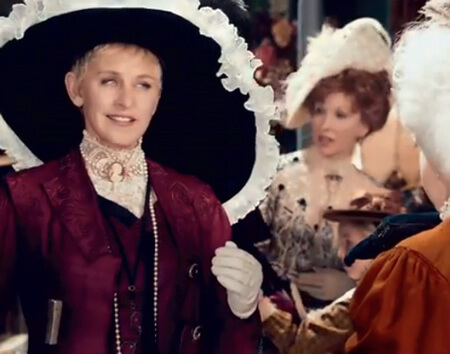A good price
Pricing is one of the most difficult tasks in marketing – one that will often pit your best instincts against your worst. As you ponder your new pricing strategy, you might well sense the presence of those whispering figures on your shoulder, with the halo and the horns.
The good guy is sitting there saying: ‘Think of the brand. Play it straight, be clear and consistent, make respectable margins, but do not dupe these good customers with complex tariffs or three-for-two deals that end up costing them more.’
The other one retorts: ‘Fine for him to say, but you’ve got quarterly targets to hit. If you keep it simple, they will take their bargain-seeking noses elsewhere, and pretty soon there won’t be a brand left to manage.’
In a well-intentioned move toward good-guy pricing, Ron Johnson, recently appointed chief executive of US department-store chain JC Penney, declared an end to the duality that had defined its approach over recent years.
Here was a store in which fewer than 1% of items were sold at full price – because it was, as everyone knew, an ‘anchor’ from which to discount. So a garment might be listed at $39.99, but would actually sell at $29.99, through a combination of special deals and coupons. It was complex, confusing and costly to promote – but it worked.
Johnson revolutionised that by switching to ‘everyday fair and square prices’. So the garment would now be $30 from the outset – and the price would fall only in a clearance sale.
Consumers punished the stores with an eye-watering 19% drop in sales. Analysts shook their heads and rivals rubbed their hands at the naivety of the approach.
Johnson admits as much, but vows to keep going and to communicate better, believing straightforward decency will prevail in the long run.
Let’s hope so, because it isn’t always pretty when the other little guy gets the ear. For an example of that, look no further than ‘cookie pricing’, the trap that millions fall into when booking travel online.
You check out the price of a flight and find it at, say, £163. You then look around a bit, and come back to the site an hour later, only to find that the price has gone up to £175. You curse your poor timing, reasoning that it rose because there was a blip in demand in that one silly hour. Sensing this to be a trajectory, you hasten to book your ticket before the price goes up again.
In reality, there was no such thing as ‘the price’. The airline’s system put a cookie on your computer that tracked your earlier interest. The algorithm then raised the fare, just for you. Had you cleared your cookies or booked on another device, you would almost certainly have paid the original £163.
Which voice a marketer listens to when pricing strategy comes up for review depends on what the measures are. If short-term revenue dominates, it will be hard to shake off those specious promotions and come-hither tariffs. If brand-building is uppermost, you can simplify, clarify and make your best prices transparent.
It might take consumers a while, but your fairness will eventually sink in, and goodwill will permeate the brand. A halo effect, if you like.
Launched in 1902, JC Penney now has more than 1000 department stores in the US.
Founder James Cash Penney wanted to create a business where customers would be treated the way he liked to be treated: ‘fair and square’.
Sticking to that principle served the business well – its profits actually increased during the Great Depression. The company responded to economic hardship by cutting back on inventory and focusing on buying at lower prices, which it could pass on to customers.

JC Penney ads star Ellen DeGeneres
Ron Johnson, who took over as chief executive in 2011, has a stellar reputation in retail. He devised the idea of designer collaborations at Target before moving to Apple, where he created the brand’s retail concept and the Genius Bar.
Johnson has big ambitions for JC Penney, calling 2012 the ‘year of transformation’. Aside from the new pricing strategy, he wants to change the stores to be built around a ‘town square’, with boutiques carrying merchandise that have been specifically designed for the brand.
Having refreshed its logo to reflect the ‘fair and square’ line, Johnson has also signed up Ellen DeGeneres (a former JC Penney employee) as the brand spokeswoman.
